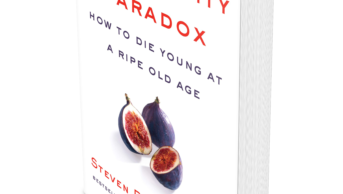
This book sets out to present all the information that students and pharmacists need in order to understand compounding processes. It covers basic guidelines, economic and technical factors that need consideration, and all aspects of good manufacturing practices for compounded medicines.
The initial chapters describe facilities, equipment, record keeping calculations, stability, quality control and laws, regulations standards and guidelines. Although constant reference is made to the US Food and Drug Administration and the United States Pharmacopoeia, this should not be a distraction.
Each of 15 chapters is devoted to a specific dose form, including powders and granules, tablets, capsules, lozenges, emulsions, foams, gels, inhalations and parenterals. As an example, the chapter on foams covers the definitions and types, composition, preparation, physicochemical considerations, quality control, packaging, storage, labelling, stability, patient counselling and, finally, offers sample formulations.
Additional chapters describe veterinary compounding, compounding for special populations, compounding for specific procedures, compounding for clinical studies, compounding cosmetics, compounding with hazardous drugs and, interestingly, compounding in the event of a natural disaster or terrorist attack.
In light of recent events, it is interesting to note that this edition of the book has a chapter devoted to pharmaceutical compounding errors. It refers to the New England Compounding Centre (NECC) case, which was the driving force for significant changes in the laws, regulations and standards relating to pharmaceutical compounding. The NECC was breaking the law by manufacturing drug products under the guise of compounding. As a result, 64 patients died following an outbreak of fungal meningitis that was traced to contaminated batches of methylprednisolone suspension intended for epidural use.
Nine appendices provide useful information on the compounding process and offer examples of standard operating procedures. Finally, more than 200 sample formulations, including bases, vehicles and ingredient-specific preparations are presented.
Pharmaceutical compounding provides pharmacists with a unique opportunity to practise their time-honoured profession. Although pharmacists should not hesitate to become involved in this aspect of the profession, they should be aware of the regulations and the risks involved. This service is an important component of providing appropriate pharmaceutical care to patients.
Loyd V Allen Jr. is editor-in-chief of the International Journal of Pharmaceutical Compounding and some readers may be familiar with his work from reading his weekly electronic newsletter compoundingtoday.com.
This comprehensive book will be of particular value to pharmacy students and to those pharmacists who compound medications in hospital, community or commercial settings.
- Available in the UK on 28 September 2016
References
The art, science, and technology of pharmaceutical compounding 5th edition by Loyd V Allen Jr. Pp xxxvii+699. £77. Washington DC: American Pharmacists Association; 2016. ISBN 978 1 58212 263 2


